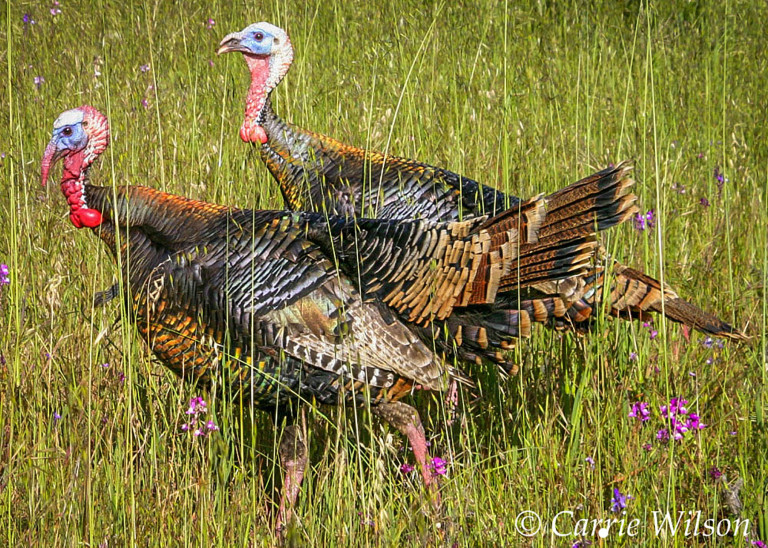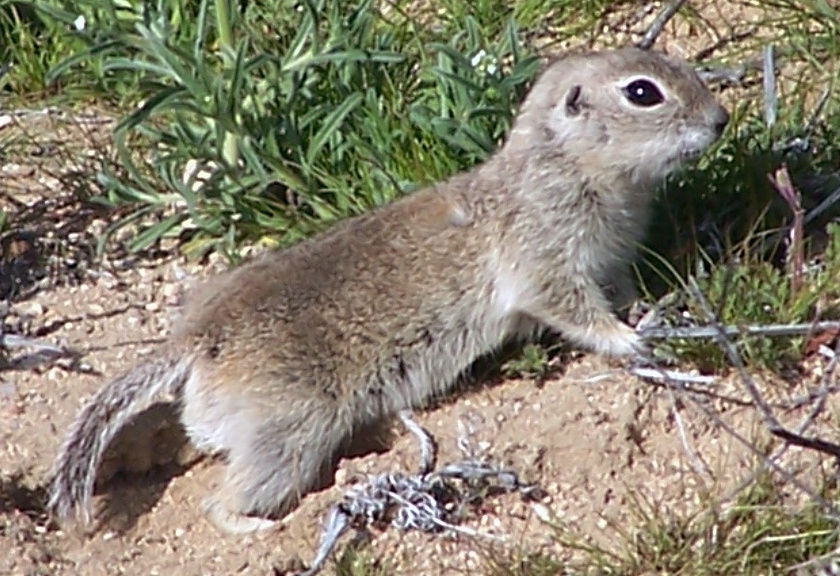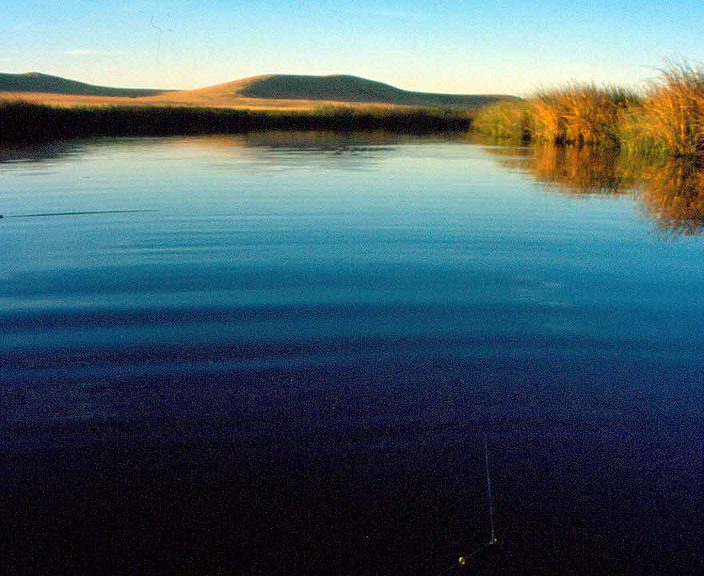Fish Report for 4-6-2017
Where and When Do Turkeys Nest?

by Carrie Wilson
4-6-2017
Website
Question: I know that turkeys roost in trees at night and that this is their courtship and nesting season, but where do they nest and for how long? We’re seeing lots of toms running around right now but not many hens. I’ve not found any sitting on nests. When can we expect the newly hatched chicks to be out and on their own? (Dwayne J.)
Answer: In most areas, nests can be found in a shallow dirt depression surrounded by moderately woody vegetation that conceals the nest. Hens look for locations close to food and water and with ample cover to safely conceal the hen and her poults (chicks) once hatched. Hens are very leery of predators, such as coyotes and fox, but do leave the nest unattended for brief periods to feed and drink.
Hens typically lay a clutch of 10 to 12 eggs during a two-week period, usually laying one egg per day. She will incubate her eggs for about 28 days, occasionally turning and rearranging them, until they are ready to hatch.
A newly hatched flock must be ready to leave the nest to feed within 12 to 24 hours. Poults eat insects, berries and seeds while adults will eat anything from acorns and berries to insects and small reptiles. Turkeys usually feed in early morning and in the afternoon.
For more on wild turkeys, please see our “Guide to Hunting Wild Turkeys in California” publication online as well as the National Wild Turkey Federation website.
How to catch spot prawns with only a half-inch trap opening?
Question: I took a look at a few online California Department of Fish and Wildlife (CDFW) articles about traps, mesh sizes, etc. Once I saw that other types of shrimp traps have a logical trap opening size compared to the size of the shrimp, I began to wonder if the regulations might have an error.
Can you verify if there has been some sort of error in defining the half-inch opening of the trap as the mesh size of the trap? If this is the case, the size of the opening of the spot prawn trap should be more in line with other shrimp traps. If the opening of the shrimp traps could be in the 3-5 inch range with an alum hoop as the standard, recreational spot prawn trap fishing would be as enjoyable as lobster hooping. (Geoff H.)
Answer: The trap openings cannot exceed a half-inch as you’ve noted, and the regulation has not changed. “Shrimp and prawn traps may be used to take shrimp and prawns only. Trap openings may not exceed one half-inch in any dimension on traps used south of Point Conception nor five inches in any dimension on traps used north of Point Conception” (California Code of Regulations Title 14, section 29.80(f)). The reason for the difference in opening dimensions is to protect juvenile lobsters (found south of Point Conception) from being incidentally taken in these traps.
Does a licensed fishing guide’s son need a guide fishing license, too?
Question: I’m a licensed fishing guide on the upper Sacramento and Feather rivers. Is it legal for my son to help me on my vessel while I’m guiding? I’m seeing that there is a guide employee permit but in this situation that permit doesn’t seem right. Is there a deckhand permit where he can help me and help other friends in their boats that are guided also? He’s not being paid; he’s just there for the experience. (Michael T.)
Answer: If he is not collecting a fee or accepting tips, then he would not meet the definition of an employee as he is a family member and simply a volunteer. However, if he took any kind of compensation, then he would technically be an employee and subject to those licensing requirements. If he is assisting people by casting or fishing and he’s 16 years old or older, then he will need to have a fishing license.
Kangaroo leather motorcycle gloves
Question: I got my motorcycle gloves back in 2014-2015 and the palm area and parts of the digits incorporate kangaroo leather. I don’t intend to sell them but I’m OK to possess and wear them, right? (Anonymous)
Answer: Yes, you are fine as long as you do not have any intention of selling them. It is illegal to “import into this state for commercial purposes, to possess with intent to sell or to sell within the state, the dead body, or any part or product thereof, of a polar bear, leopard, ocelot, tiger, cheetah, jaguar, sable antelope, wolf (Canis lupus), zebra, whale, cobra, python, sea turtle, colobus monkey, kangaroo, vicuna, sea otter, free-roaming feral horse, dolphin or porpoise (Delphinidae), Spanish lynx or elephant” (Penal Code, section 653o).
Carrie Wilson is a marine environmental scientist with the California Department of Fish and Wildlife. While she cannot personally answer everyone’s questions, she will select a few to answer each week in this column. Please contact her at [email protected].
< Previous Report Next Report >
< Previous Report Next Report >
More Reports

4-4-2017
With tax returns due April 18, time is running out, but you can still help California’s rare, threatened and endangered...... Read More
California Department of Fish & Wildlife Reports
for Friday, March 31st, 2017
: CDFW seeks red abalone Fishery Management Plan input
: CDFW April Calendar of Events

Website Hosting and Design provided by TECK.net